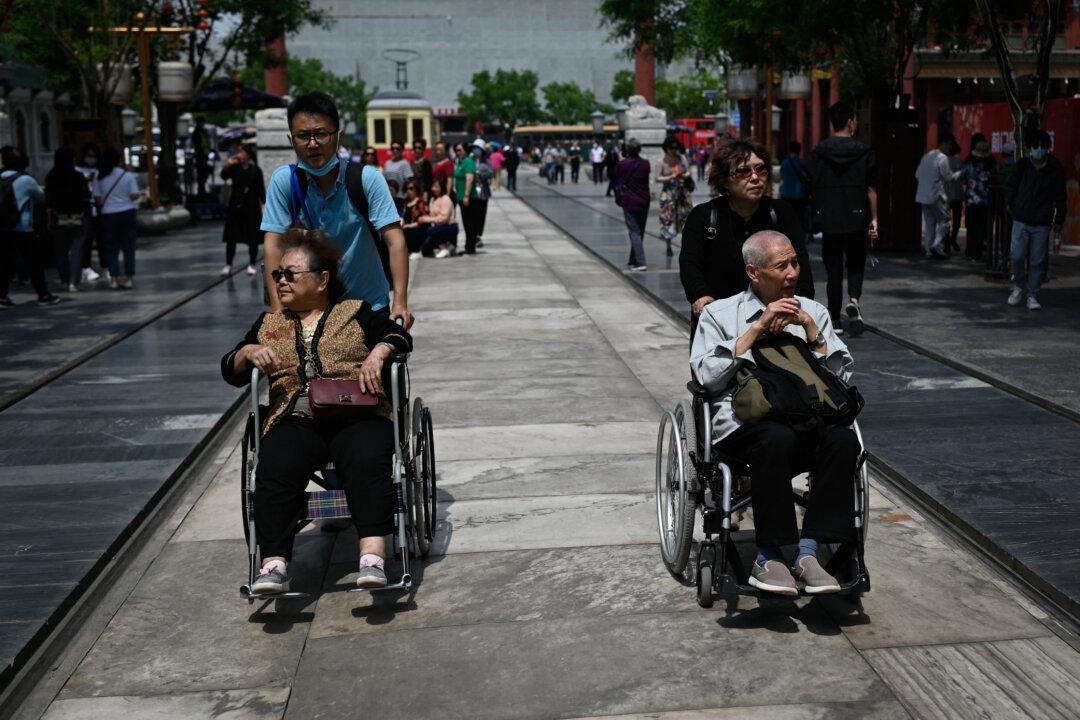News Analysis
China’s aging population has become a major demographic challenge as the average age of the urban and rural labor force is approaching 40 years old. And experts say the Chinese Communist Party (CCP) has no solution to tackle the issue.

China’s aging population has become a major demographic challenge as the average age of the urban and rural labor force is approaching 40 years old. And experts say the Chinese Communist Party (CCP) has no solution to tackle the issue.